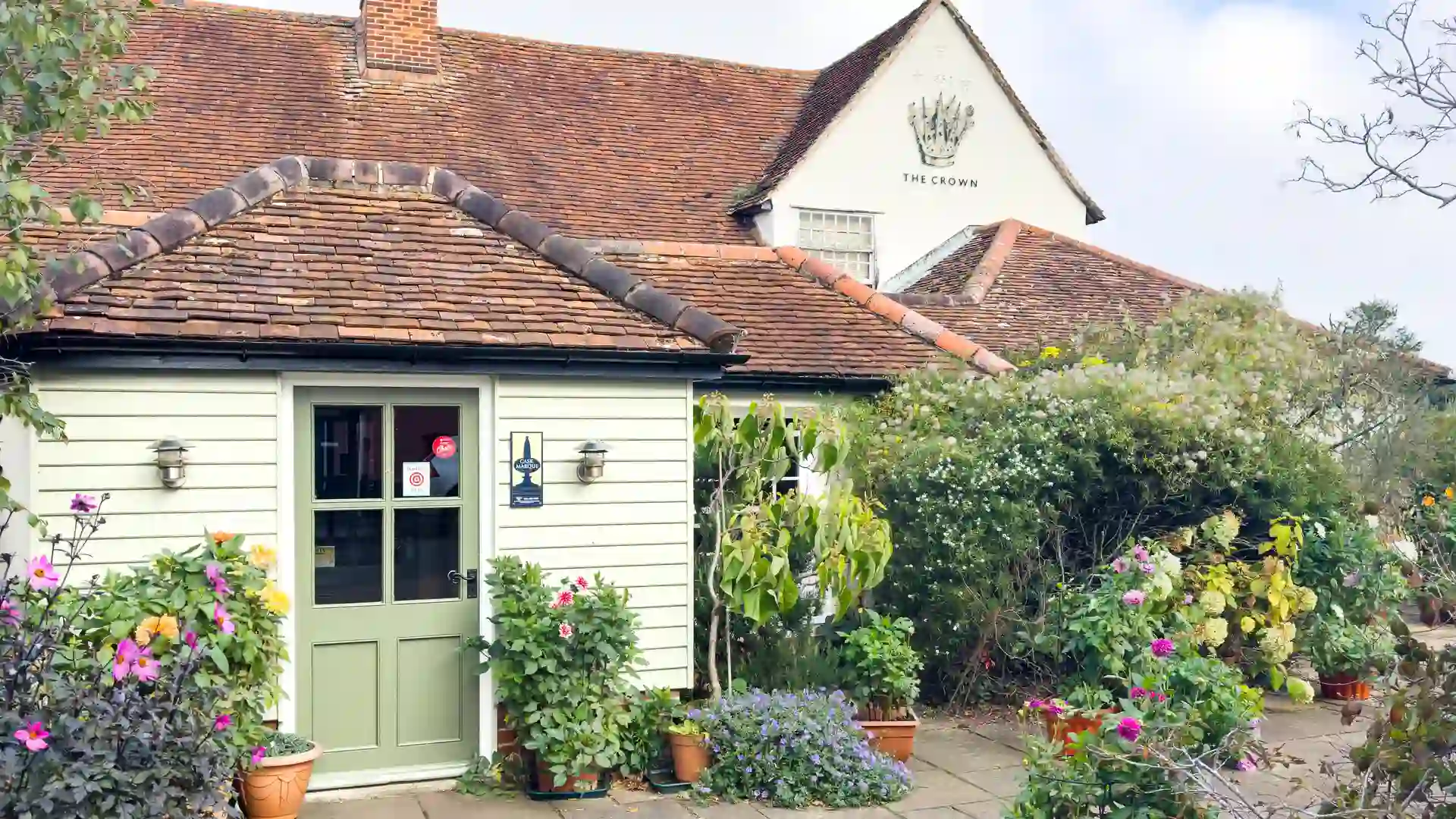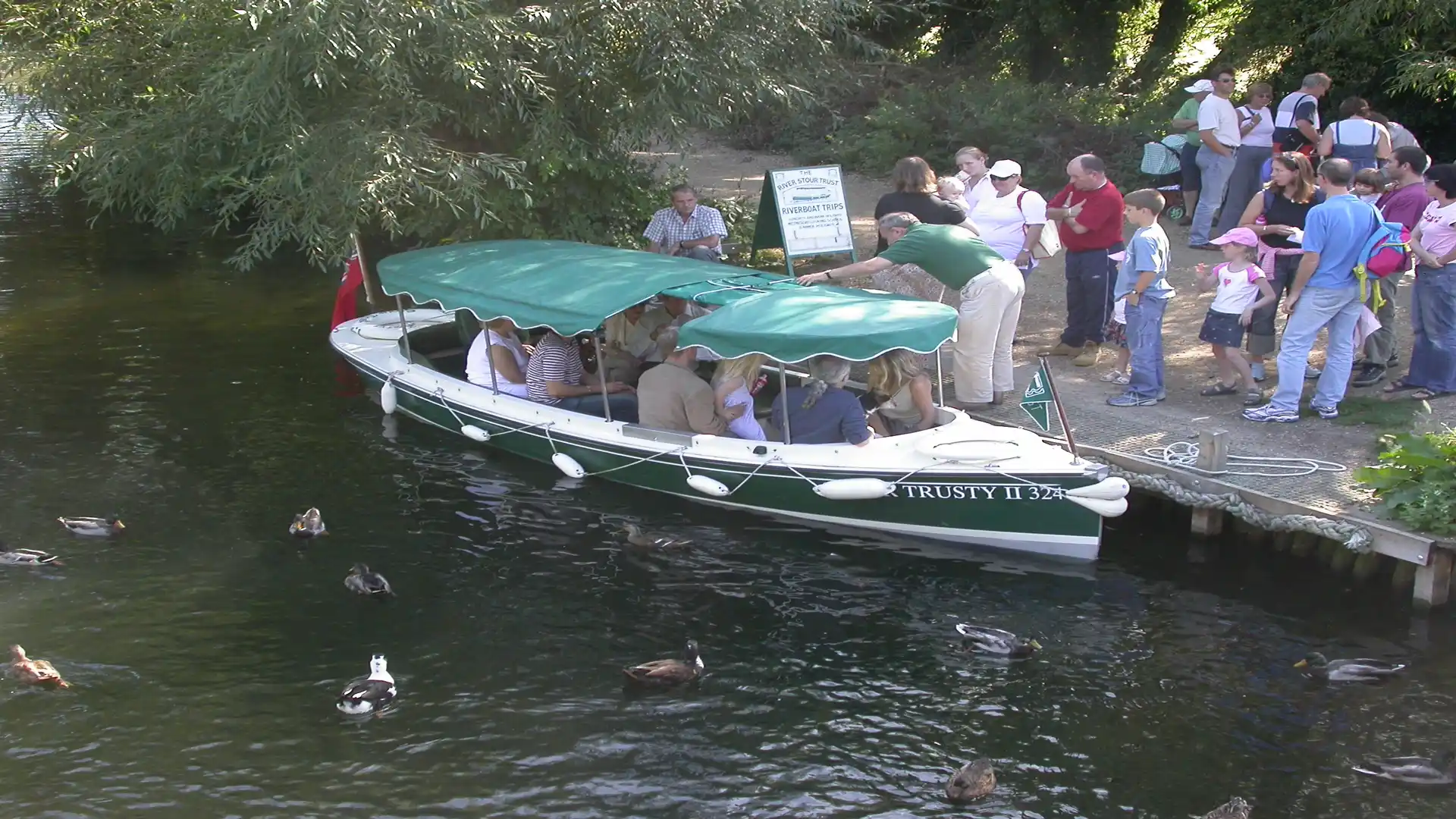Dedham Vale: Walking into a Greener Future
How community grants, trail investment, and gentle travel are shaping the next chapter of Constable Country
Along the winding River Stour, where willows bend over the water and village lanes meander through patchwork fields, the Dedham Vale National Landscape remains one of England’s most peaceful corners. It’s a place where walking still feels timeless — and where the countryside is being cared for through local collaboration, quiet investment, and shared purpose.
This year, the Dedham Vale National Landscape Partnership reopened its annual grant scheme, offering up to £6,000 to projects that protect wildlife, improve access, and strengthen community engagement. It’s a small but significant initiative — one that helps ensure this rural landscape continues to thrive as both a place to live and a place to explore.
Local Action, Lasting Impact
The grants are open to parish councils, charities, and community groups working within the Stour Valley. Typical projects include restoring countryside paths and stiles, improving trail signage, or supporting biodiversity through hedgerow planting and meadow restoration.
These modest, local efforts are part of something bigger: they represent the shift toward grassroots sustainability, where communities take the lead in shaping how visitors experience the landscape. For walkers, that means clearer paths, better access, and routes that remain true to their rural heritage.
It’s this steady, thoughtful approach — rather than rapid development — that keeps the Dedham Vale experience authentic.
A Living Landscape
Known as “Constable Country”, the Dedham Vale inspired some of England’s most iconic pastoral paintings. Yet beyond its artistic legacy, this is a working landscape — a living patchwork of farmland, woodland, and water meadows.
Modern conservation efforts are helping it adapt to today’s needs. Partnerships between local landowners, tourism providers, and environmental organisations aim to balance conservation with gentle recreation. Walkers following the Stour Valley Path, the St Edmund Way, or exploring the quiet lanes around Flatford, Stoke-by-Nayland, and Dedham now see the results: well-maintained routes, improved waymarking, and new connections between villages and stays.
Sustainable Travel in Action
Projects like the Dedham Vale Experience — a self-guided two-day walking break that includes luggage transfer, local accommodation, and a printed guidebook — show how sustainability can be woven into the visitor experience. Travellers explore at their own pace, use public transport at either end of the route, and stay with locally owned inns that support the surrounding community.
The wider grant programme complements these efforts, helping ensure the infrastructure behind self-guided travel remains strong — from footpath care to digital mapping and accessibility upgrades.
Why Walk Here
- Stour Valley Path – Following the river from Newmarket to Cattawade, this long-distance trail passes through Constable’s countryside heartland.
- St Edmund Way – A historic pilgrimage route stretching from Manningtree to Brandon, passing through Dedham Vale’s rolling fields, medieval villages, and tranquil river valleys.
- Dedham to Flatford Circular Walk – A short but evocative route linking the landscapes that inspired Constable’s “The Hay Wain.”
- Stoke-by-Nayland to Nayland Ridge Walk – A rural ridge path with views across the vale, ideal for a relaxed half-day walk.
Each route captures the calm beauty of the area — open skies, gentle gradients, and a sense of connection between land, history, and community.
A Shared Future
The Dedham Vale’s strength lies in its balance — between people and place, heritage and progress. With renewed funding, local action, and growing recognition of the value of slow, low-impact travel, this corner of Suffolk and Essex continues to set an example for countryside tourism done right.
For travellers seeking a self-guided walking holiday rooted in nature, culture, and care, Dedham Vale isn’t just a view — it’s a living story, one that deepens with every step along the Stour.





